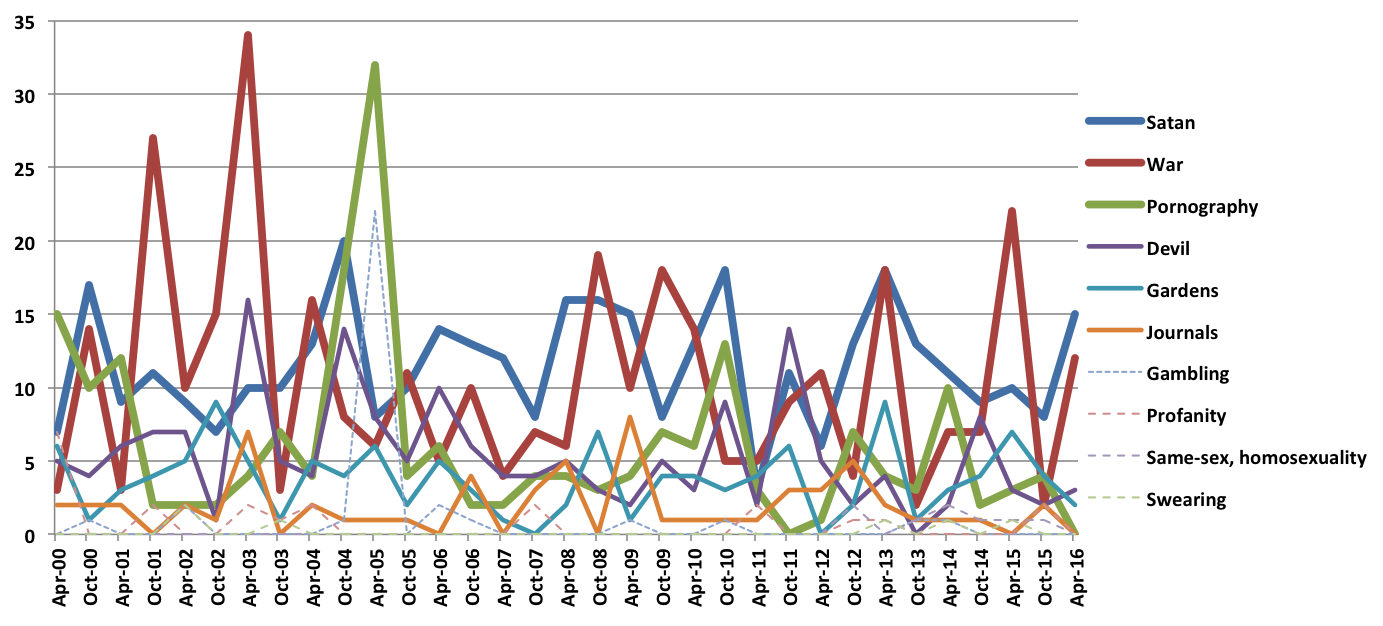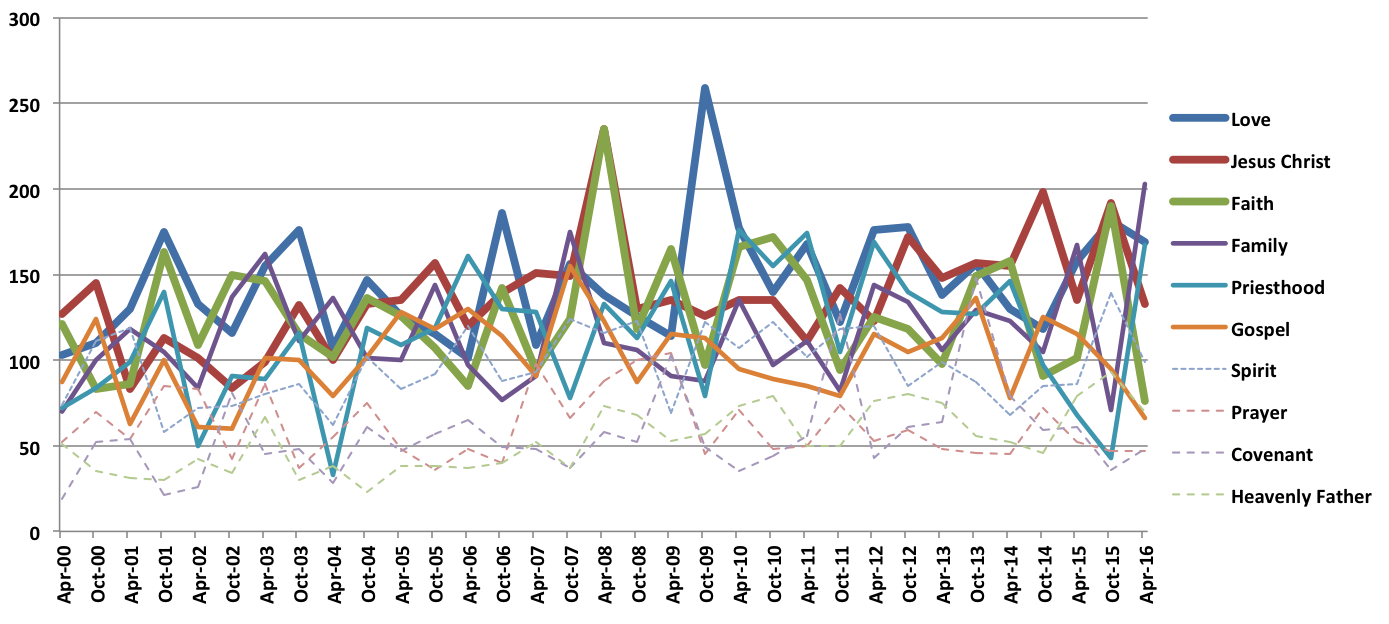"Dad, the basketball backboard is broken."
My 8-year-old son was looking out the back window. I was talking to a friend in our family room, and basketball was the last thing I was thinking about.
"No it's not," I thought as I stood up to investigate. This was August 2019. The backboard was only 2 years old. And that glass is 1/2-inch thick tempered-glass — and crazy heavy! The basketball stand was a splurge purchase when we bought the house in 2017 — over $2000 for a heavy-duty stand with a dunk-ready hoop (since I do so much dunking! haha) plus a net, and light. It's beautiful, really — kind-of a centerpiece in our back yard.
But at that price and age, there's no way it could be broken. Nobody had even been out there playing.
But I was wrong.

Wow, not just a little broken — shattered.

We immediately noticed that the break seemed to radiate out from a single point:

Another view:

Looks like something must've hit it.
(But what?)
I emailed the company. They were sympathetic, but they said it was clear that something had struck it, and the warranty didn't apply. They offered a replacement at a small discount.
Something was bothering the engineer in me, though.
I had looked around under the hoop for a rock or some other kind of projectile, and I hadn't found anything.
If the backboard had been struck by something small, like a bullet or a bb or a rock or something, I expected it would have shattered the impact site to powder, even if at a very small point. There was nothing like that.
If it had been struck by something large — a bird? hard throw with a basketball? a softball? — then I would've expected to find some marks on the surface of the glass, or the item itself. There was nothing.
I couldn't let it go.
A few Google searches, nothing useful.
I wrote a pretty long and piqued email to the company, trying to lay out the possible causes and how likely how unlikely it was that it had been struck based on the evidence, and how terrible an experience it would end up being if I had to replace it under those conditions...
But I didn't send that email. It just didn't sit right.
So I went back to Google.
This time, I found something — Nickel Sulfide in Tempered Glass Causes Spontaneous Fracture, by Thomas L. Pane, PE. Ah ha! Mr. Pane describes a case study of my *exact* situation, a pane of tempered glass shatters for no apparent reason.
Here's a comparison of the images, one from his site, and one from my backboard. Notice the distinctive "cat's eyes" pattern at the center of the fracture, two adjacent 6-sided shards.

A closer look shows the defect:

Turns out, it's a known issue in tempered glass manufacturing.* It's rare, and very hard to prevent or detect. Nickel sulfide is uniquely similar to water in that it's more dense when it is very hot, but as it cools, it wants to convert to a crystal form that is larger/less-dense. A tiny fleck of nickel sulfide in the glass is all it takes.
Tempered glass uses alternating layers of tension and compression to create huge internal pressures which makes the glass very strong. When the glass is first created the nickel sulfide has a hard time forming a crystal due to the high temperatures, and as the glass cools the nickel sulfide can't crystallize due to the high pressures. But once the glass is out in the sun, it can heat up enough to sometimes allow a corner of the nickel sulfide to crystallize. More hot/cold cycles allow the crystal to grow, until the internal pressures on the surrounding glass from the crystal are too high and the glass shatters.
Wow. That was awesome — such a thrill to have such a compelling explanation with hard evidence!
Armed with this info, I went back to the company and they offered to replace the backboard for free if I paid for shipping, which I agreed to, though a little reluctantly since shipping was over $100. Also, the backboard they sent was probably one that failed quality control, it had some discoloration on the lines, so I wasn't thrilled about that either. But I was happy to have my hoop back up and working.

I've kept the cat's eyes on my desk as a reminder of the experience:

Since then, I bought a digital microscope, and took a few pictures of the impurity:

Here's the top piece, zoomed to 1000x:

Here's the bottom piece at 40x:

And the bottom piece at 1000x:

It's interesting that both halves of the cat's eyes ended up with parts of the crystal.
Hope that helps someone out there.
* See also The Achille Heel of a Wonderful Material: Toughened Glass, an nice dive into the science, sources of nickel in the manufacturing process, etc.












 I sprained my ankle back in July 2017 showing off for some teenagers (wait, how old was I??).
I sprained my ankle back in July 2017 showing off for some teenagers (wait, how old was I??).




